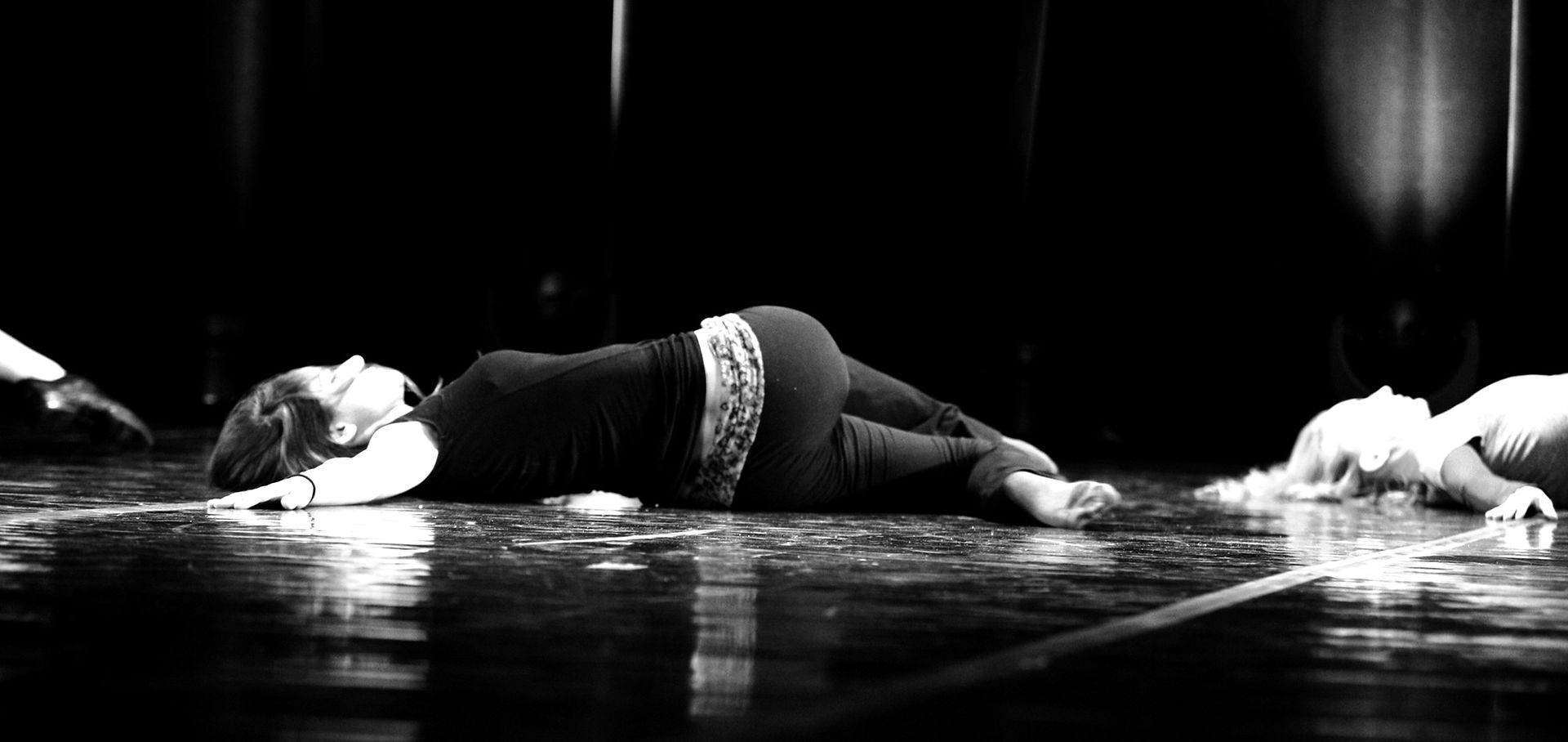
What is jomdance?
jazz-oriental-modern-dance = jomdance
After 15 years of Middle Eastern dance, Said el Amir thought he had learned everything that can be learned in this field ... until he attended the three-week summer school at the renowned school Iwanson in Munich. This intensive training changed his worldview and his understanding of stage dance in general and in particular.
Yes, the tradition, the folklore and the sophistication in Middle Eastern dances were certainly well founded. But the world of stage dance from the perspective of contemporary dance, jazz dance and contemporary ballet opened up completely new dimensions for art of Middle Eastern dance and its reputation.
Consequentially and consistently, Said completed 2.5 years of technical training with 6 hours of lessons a day in ballet, jazz dance, modern dance, contemporary dance, dance medicine and dance pedagogy at the Iwanson School.
Why jomdance?
Tradition meets Stage-Knowhow
After a few workshops at home and abroad on the topic of "Western influences in Middle Eastern dance" it became obvious that there was an enormous need, a great thirst for knowledge and a very large gap in the field of qualified dancers and teachers.
In the early years of the 2000s, Middle Eastern influences increasingly came into western music and vice versa western influences into Middle Eastern music. The discrepancy between dance know-how, in order to be able to interpret the music adequately, and the performances on the part of oriental dancers on stage became bigger and bigger.
Building on the training concept from ESTODA - ESsential Technique of Oriental DAnce - from 1996, which he launched together with Yasmin al Ghazali in 2001, Said developed in 2004 the two-year part-time training to become a "jomdance stage dancer".
The jomdance effect
Eye-opening, supportive, groundbreaking - after jomdance, nothing is what it was
Although oriental dance is not originally a stage dance, it has increasingly developed there over the past 100 years, but has never had a thorough adjustment to its form of performance.
Mahmoud Reda with his Reda Troupe developed a first form of stage performance of folklore dances in the 1960s. The oriental dance or on Raqs Sharqi, however, has missed the mark in this regard.
Leading dancers of the oriental dance scene in Germany, Austria and Switzerland recognized the potential of jomdance early on and took advantage of the hour to complete the jomdance training of Said el Amir. Some of them danced in large productions such as Bellydance Evolution by Jillina Carlano; some of whom have had the leading roles and / or been cast several times due to the outstanding dance techniques in various disciplines.
Some of the dancers we have trained are now internationally sought-after performers and lecturers.
Through the intensive training of cross-dance techniques and the corresponding, necessary background knowledge that is imparted in the jomdance training, the form of representation of Middle Eastern dance on stages has changed significantly since 2004 in the German-speaking countries.



